Both seats have under the belt the stamp of Jacob D R Meslée used between 1803 and 1813. The Jacob dynasty is probably the most prestigious of the French cabinetmakers of the late eighteenth and early nineteenth century, with a huge success as a supplier for the Imperial palaces (as well as the Crown before and after the Empire). The chairs that came out of Jacob's workshop are recognizable, in particular, by the very high quality of their execution, the always perfect proportions and a great originality in the creation of new forms and models.
Our armchairs are a ceremonial model from the end of the Empire, circa 1810s. As always, Jacob Desmalter's productions were combinations of decorative elements, which can be customized with variations. Thus, our armchairs are based on the structure, legs and armrests of the gilded wooden chairs presented in the bedroom of Empress Josephine at Malmaison. Our seats are a variant of these, the backrest is rolled backwards and the wood is lacquered and rechambered in grey, as was the fashion at the end of the Empire. If our chairs are not made of gilded wood, their larger size and the quality of their carving make them suitable for the furnishing of a prince's apartment in an Imperial palace or for a great dignitary of the Empire. They are of the same quality as the set of chairs presented in the Salon du Déjeun at Compiegne, which guided our choices of restoration.
The upholstery was reupholstered with horsehair, the corners were mounted in "knife edge". Particular care was taken to recreate the rich cylinder armrests, typical of the ceremonial models. Our seats were then covered with a new ivory silk gourgouran (Tassinari and Chatel), and enhanced with raspberry and yellow silk borders. We specify that these borders (dismantled from old curtains) are contemporary of the seats (years 1810-1820) and very fragile. It is a museum quality restoration that has been achieved.
In addition to their undeniable aesthetic qualities and the care taken to their restoration, the great interest of our seats is the mystery of their origin, object of long research. They both bear under the belt iron marks linking them to the House of Lorraine: a cross of Lorraine surmounted by a Princess crown. On the picture of the stamp, the cross of Lorraine is superimposed with the marks of Jacob.
In France at the beginning of the 19th century, the French branch of the house of Lorraine, descended from the dukes of Guise.
One lead might be the Prince de Lambesc, Duke of Elbeuf and head of the French branch of the house of Lorraine. However, although this prince was made a peer of France by King Louis XVIII in 1814, he left France as an emigrant in 1789, never to return and ended his life in Vienna in 1825. He did not hold an Estate in France during the Empire and the Restoration and the hypothesis that this furniture was dedicated to him remains unlikely.
The second hypothesis, which is the most likely according to the exchanges with the consulted historians, is the Princess of Vaudémont: Louise de Montmorency-Logny (1763-1832), wife of Joseph de Lorraine (1759-1812), younger brother of the Prince of Lambesc.
Louise (Auguste Elisabeth Marie Colette) de Montmorency, of the branch of the Netherlands, was born in 1763. In 1778, at the age of fifteen, she was married to Joseph Marie de Lorraine, Prince of Vaudémont, son of the Countess of Brionne. With the arrival of the Revolution, her situation becomes precarious. She emigrated in 1791 and settled in Altona, near Hamburg. She returned to France around 1800, probably benefiting from the amnesty laws promulgated by the First Consul. During the Consulate and the Empire, Mme de Vaudémont assiduously frequented the salons, and met all the high end society, until her death in 1833.
Width : 62cm Height : 93cm Seat height : 42cm



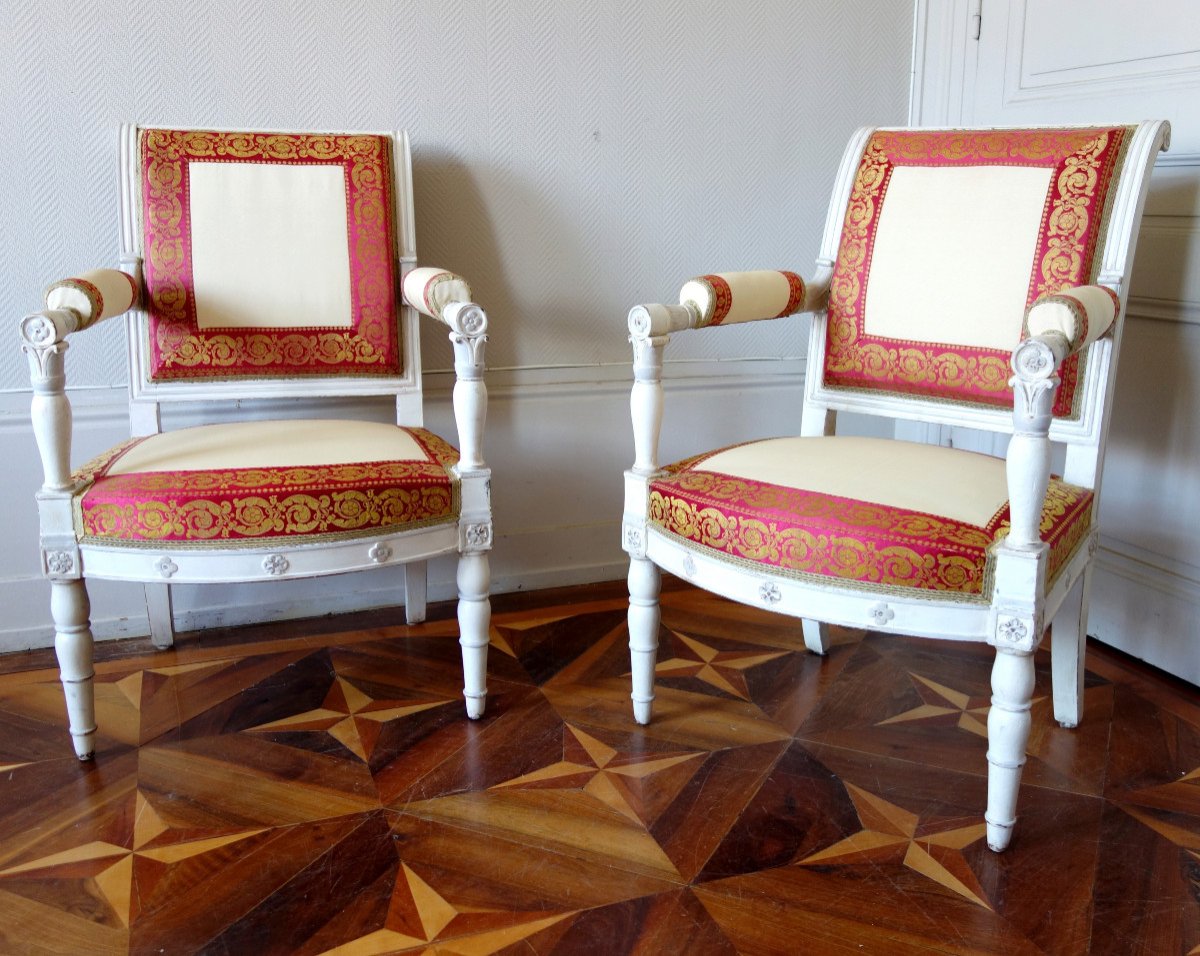

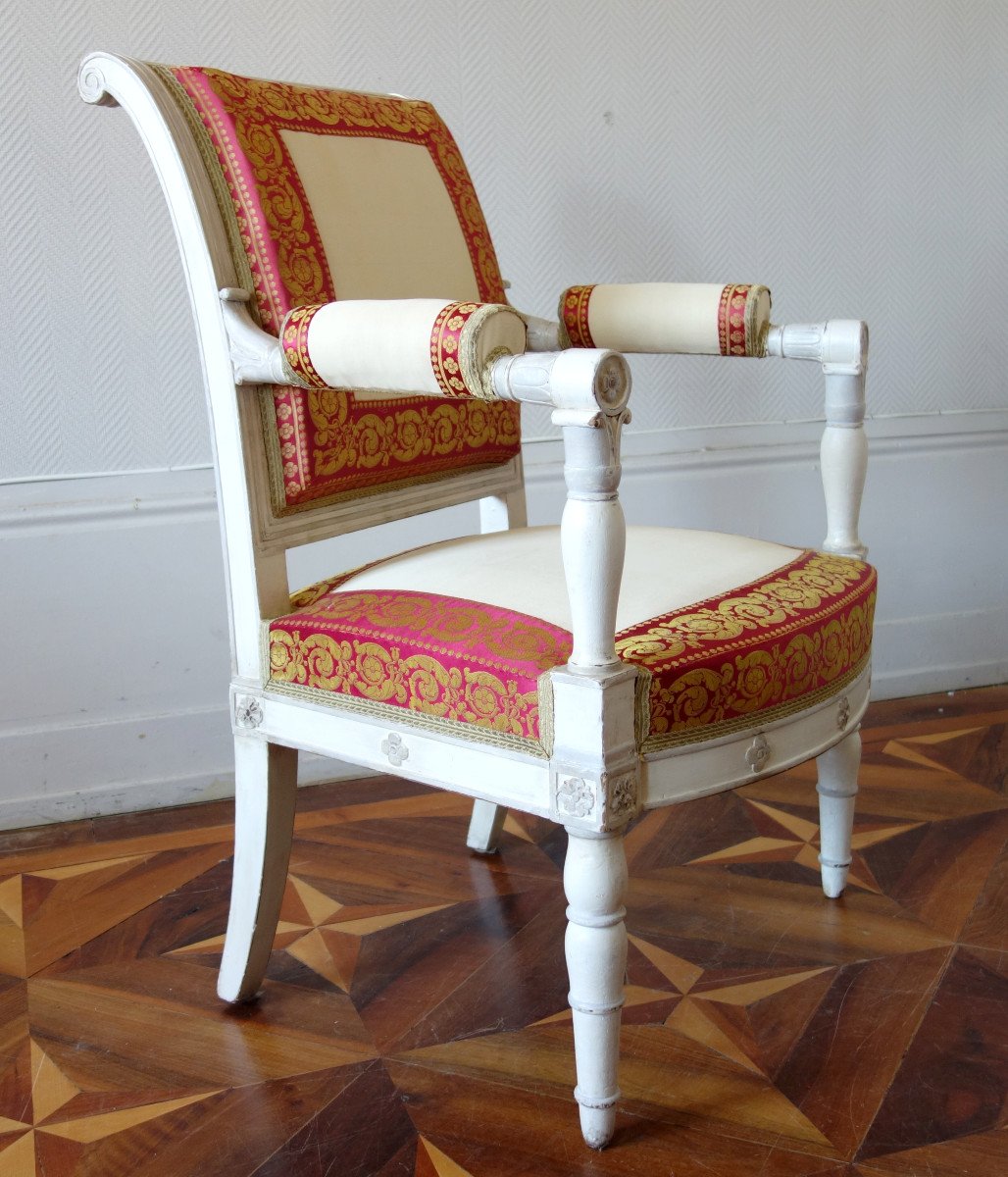
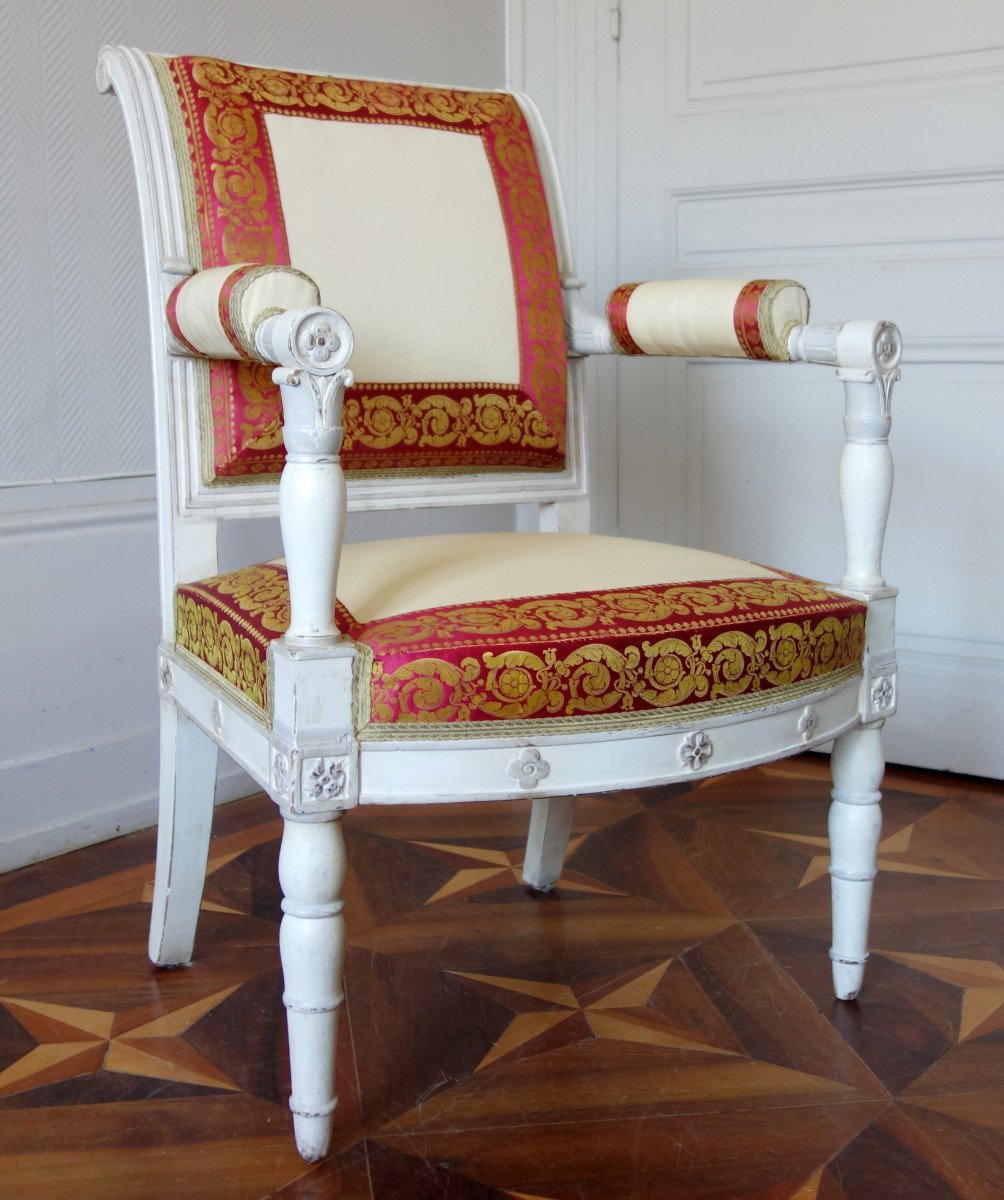

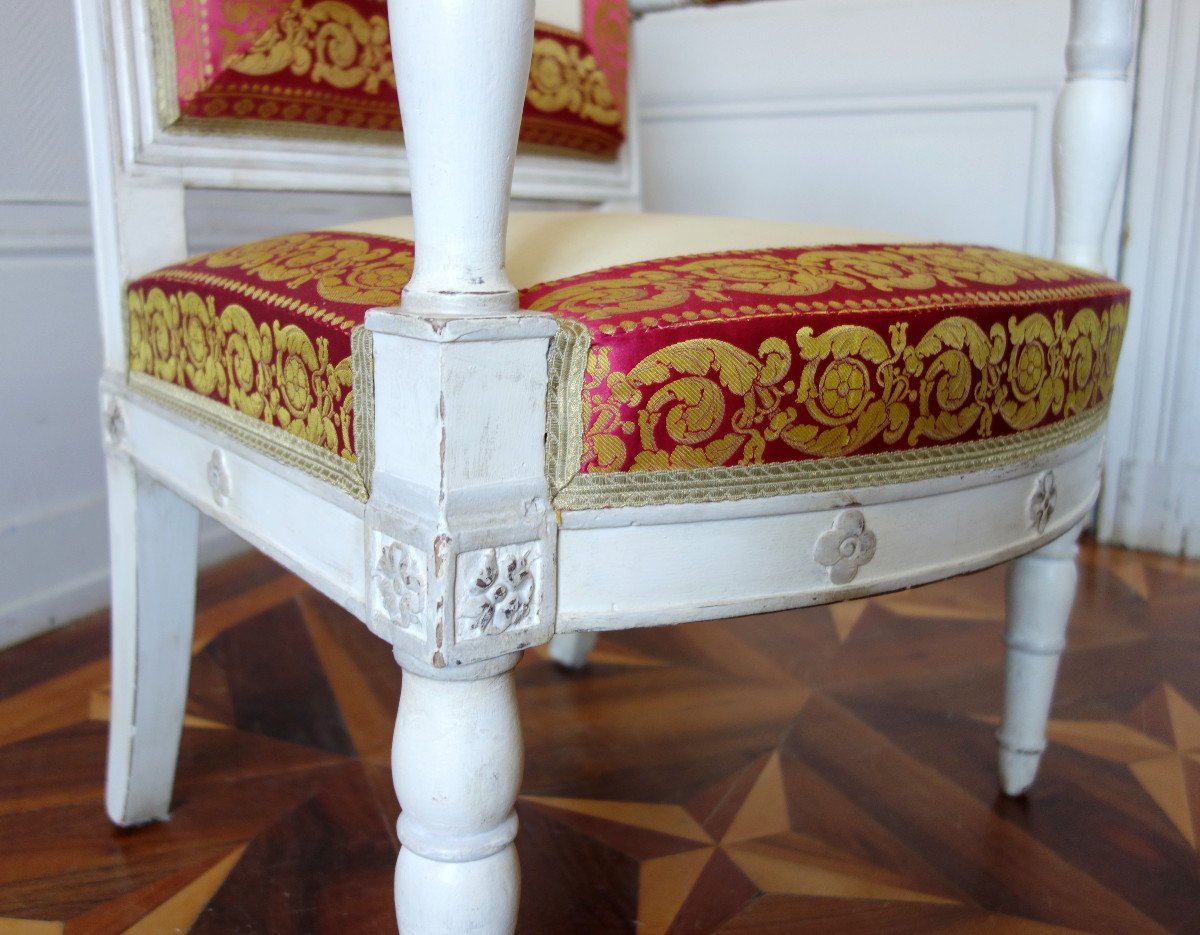

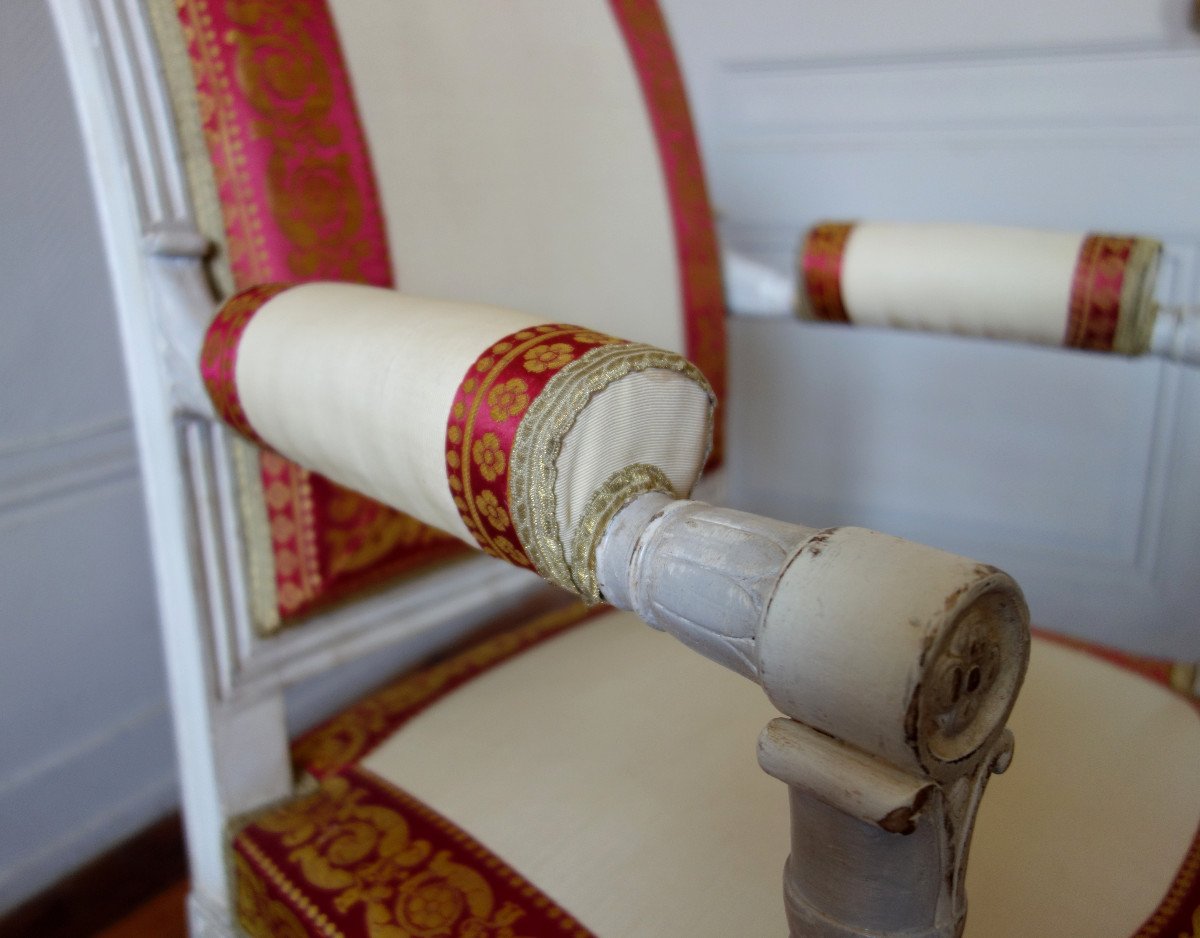
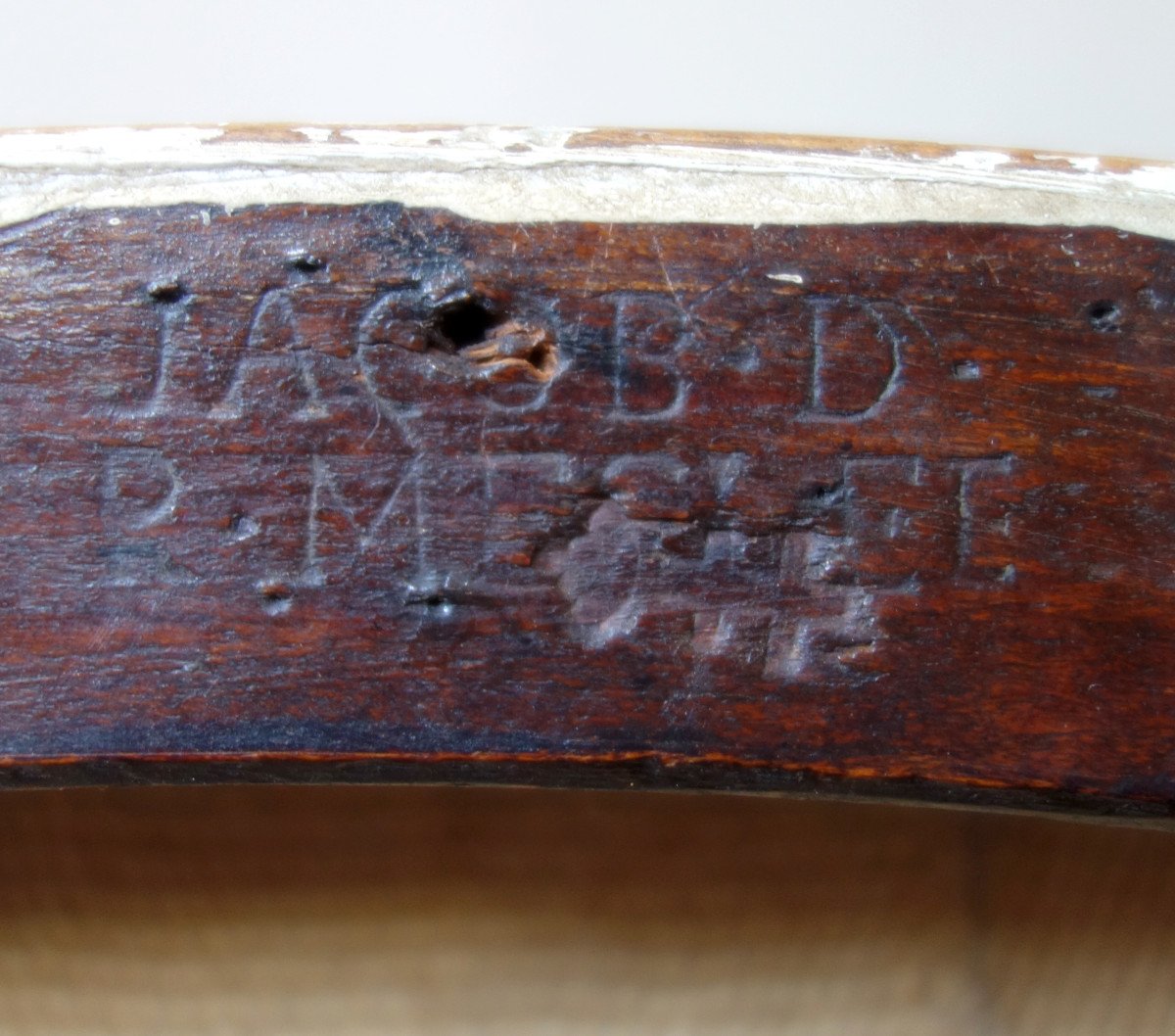
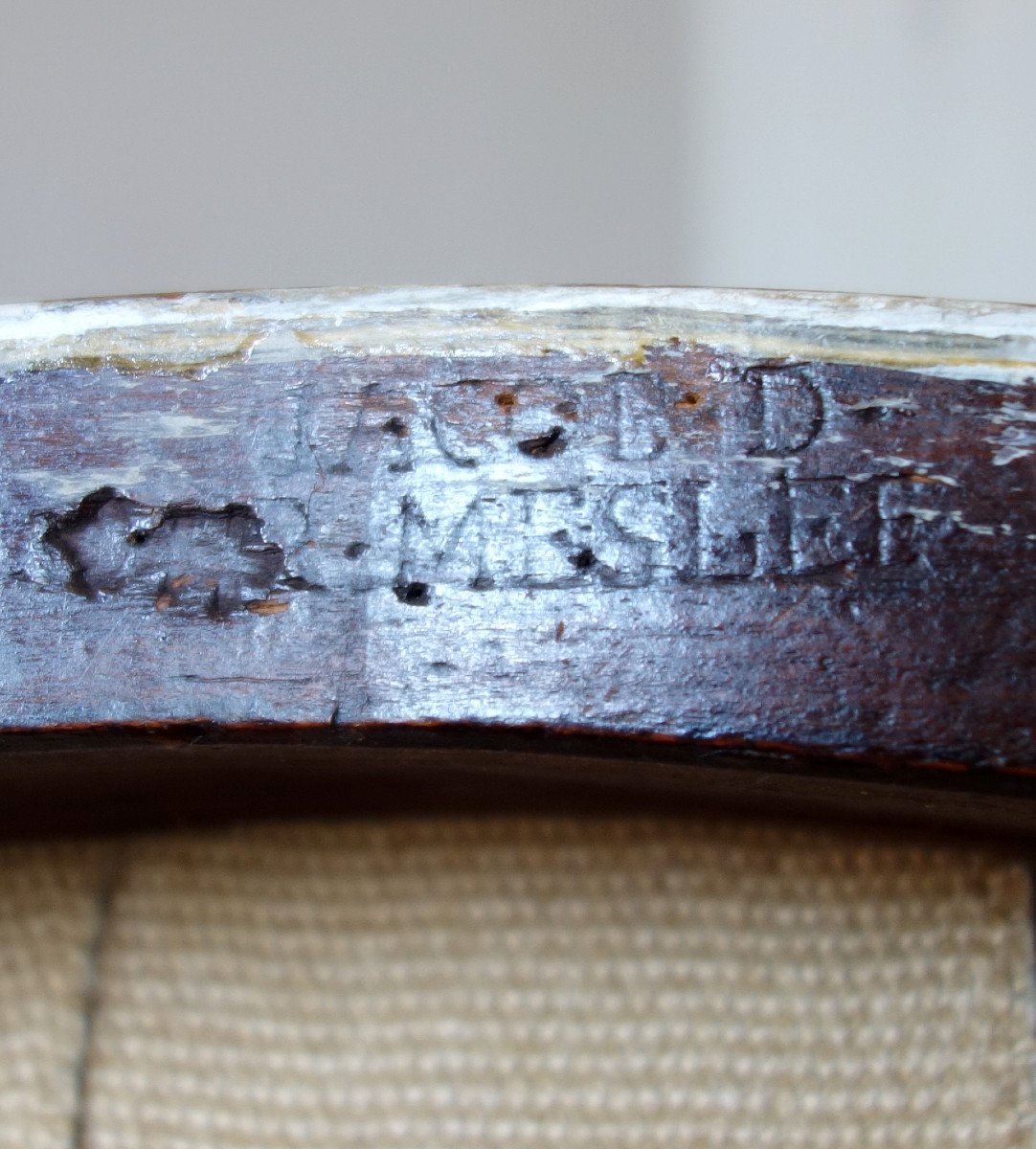

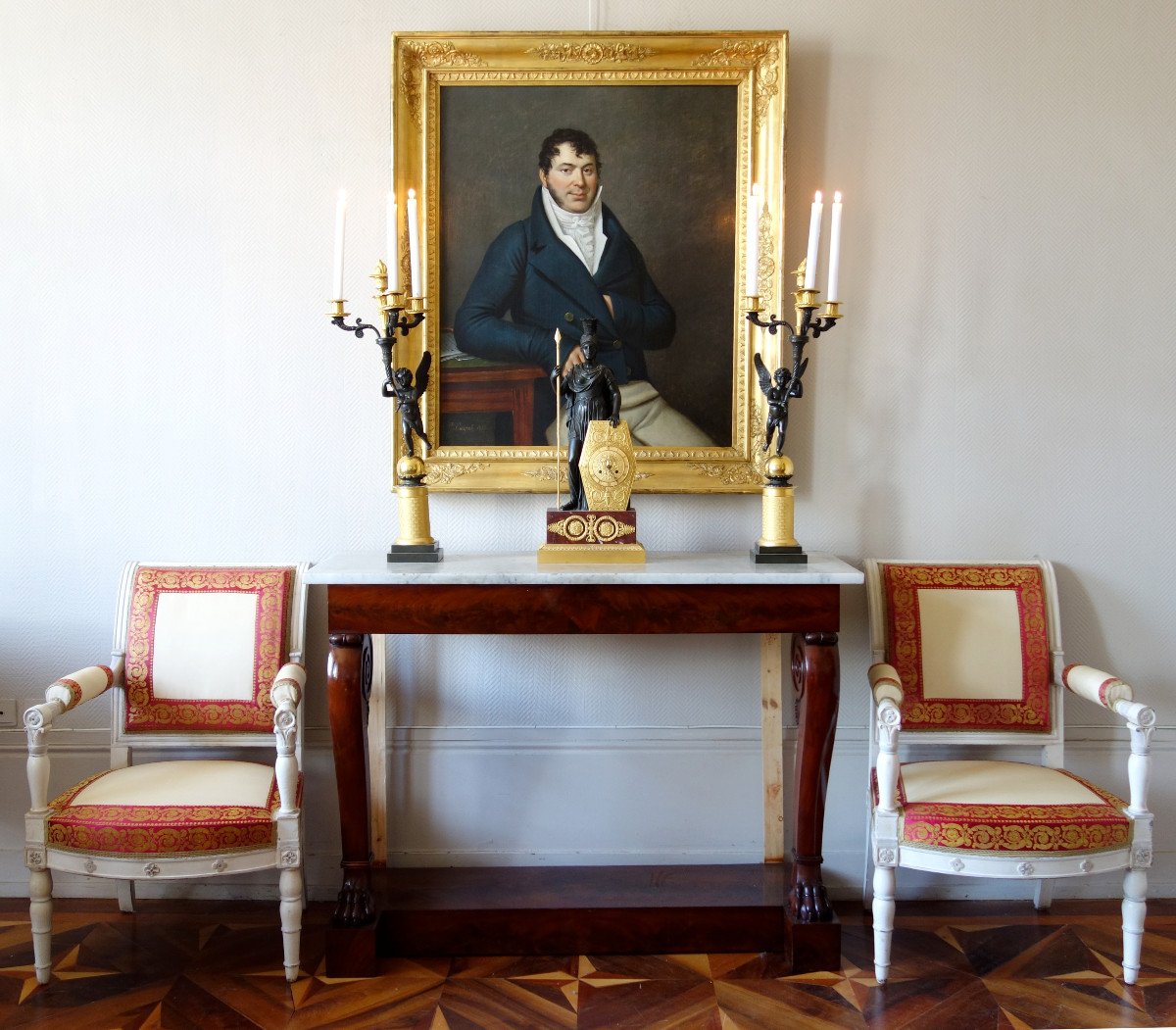
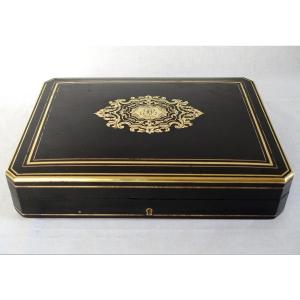
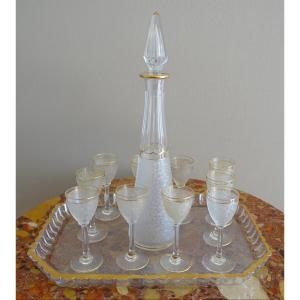



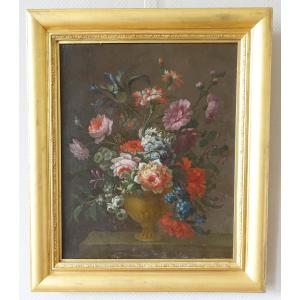

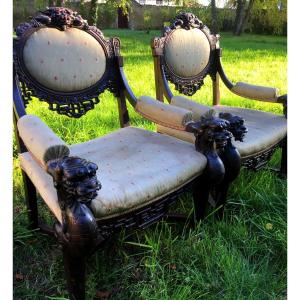
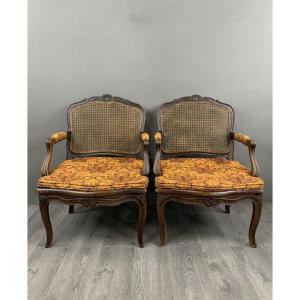


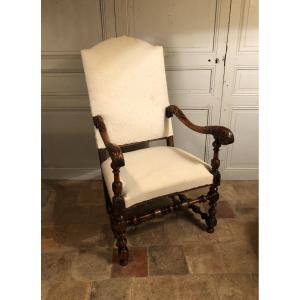



 Le Magazine de PROANTIC
Le Magazine de PROANTIC TRÉSORS Magazine
TRÉSORS Magazine Rivista Artiquariato
Rivista Artiquariato
